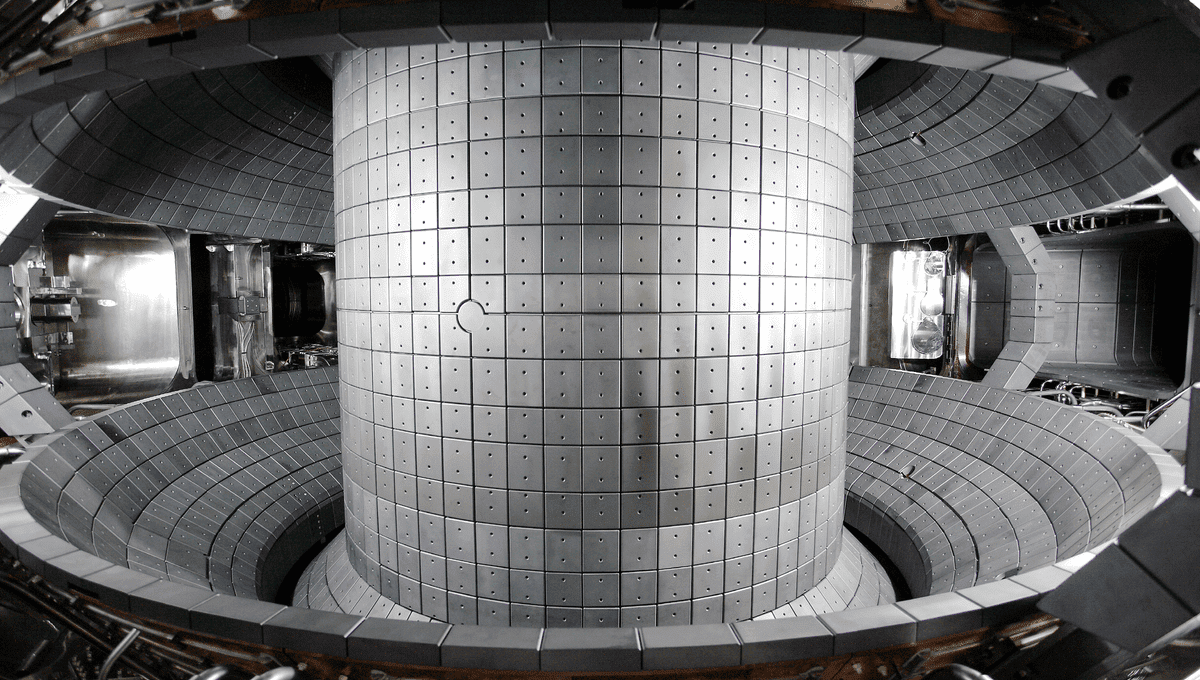
The Korea Superconducting Tokamak Advanced Research (KSTAR) device has been breaking records for sustained nuclear fusion for a while. And now, the device has shown that it can keep the extremely hot plasma going with less instability and with fewer impurities, two major hurdles in the construction of a commercial nuclear fusion power plant.
The researchers working with KSTAR reached the goal of 100 million °C (180 million °F) plasma lasting for 20 seconds at the end of 2020. Over the last year and a bit, they have been working to extend the duration but also to make better plasma. As reported in Nature, they can now do this with no edge instabilities or impurity accumulation. This is a big deal as both affect the longevity of the reactor and the plasma within it.
“Nuclear fusion is one of the most attractive alternatives to carbon-dependent energy sources. Harnessing energy from nuclear fusion in a large reactor scale, however, still presents many scientific challenges despite the many years of research and steady advances in magnetic confinement approaches,” the team wrote in the paper. “State-of-the-art magnetic fusion devices cannot yet achieve a sustainable fusion performance, which requires a high temperature above 100 million kelvin and sufficient control of instabilities to ensure steady-state operation on the order of tens of seconds.”
Nuclear fusion is created by simulating what’s happening at the center of the Sun. Atoms of hydrogen are fused together to create helium and generate a lot of energy and fast neutrons. These fast neutrons, freed by the reaction, hit the reactor walls, creating heat that can be harnessed for electricity production.
But the plasma needs temperatures much higher than the center of the Sun because it is not being compressed by gravity. The plasma also needs to be contained by strong magnetic fields. Doing that at a high temperature for a long time is easier said than done.
The innovation of this work comes from the containment approach. The team discusses how they combined two different previously-established confinement methods for the plasma in a clever way, reaping the benefits of each and reaching temperatures 20 million °C (36 million °F) higher.
The breakthrough could be employed in ITER, the full-scale nuclear fusion reactor being built in France. The international collaboration expects ITER to demonstrate how a commercial fusion powerplant will work, paving the way for this energy revolution.
You can learn more about ITER in our podcast about achieving unlimited energy.
Source Link: Major Hurdle Cleared In Quest For Commercial Nuclear Fusion Reactor